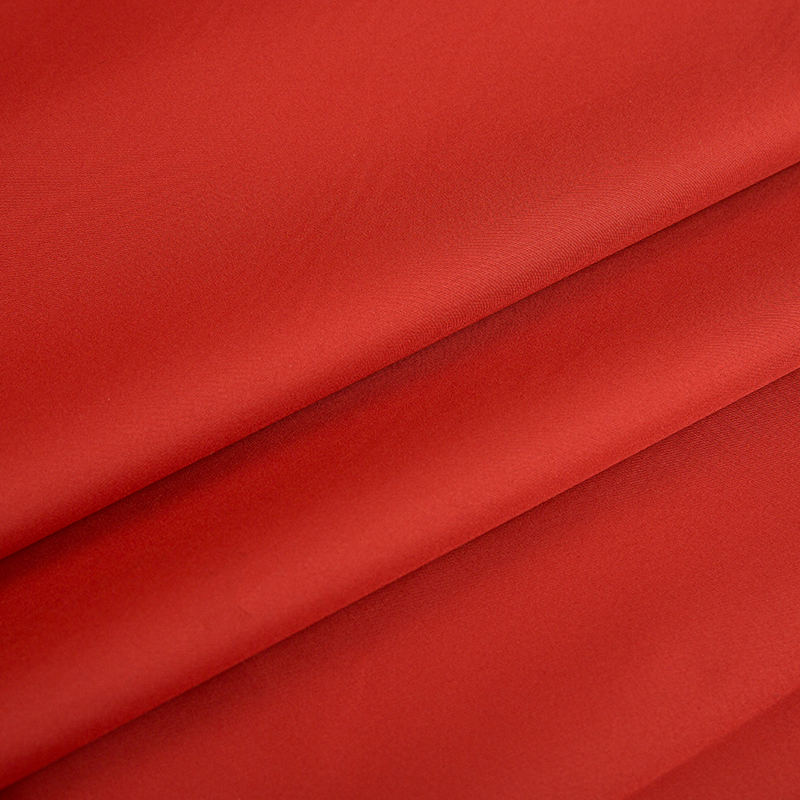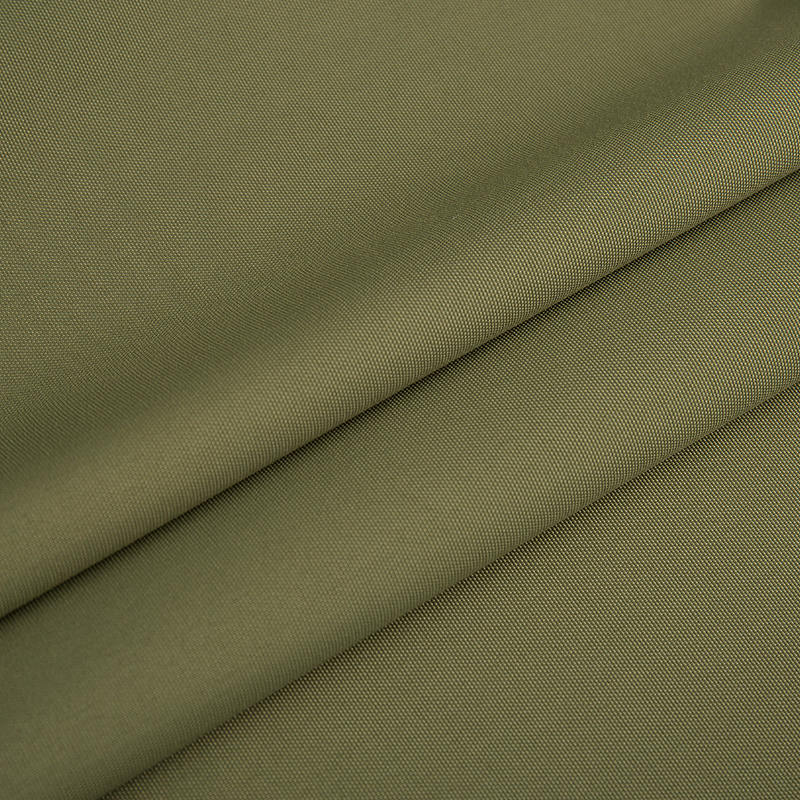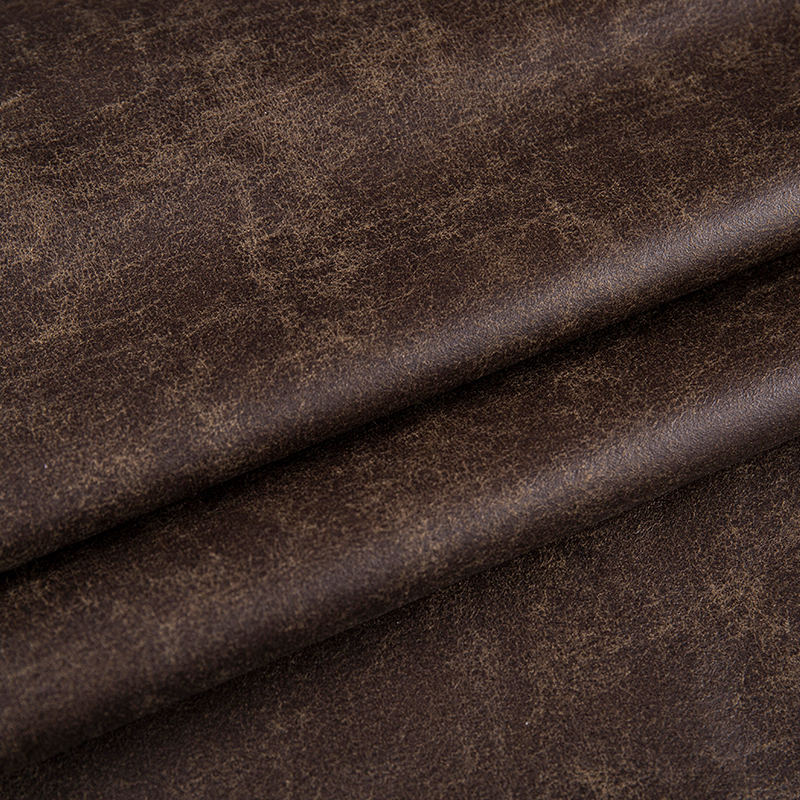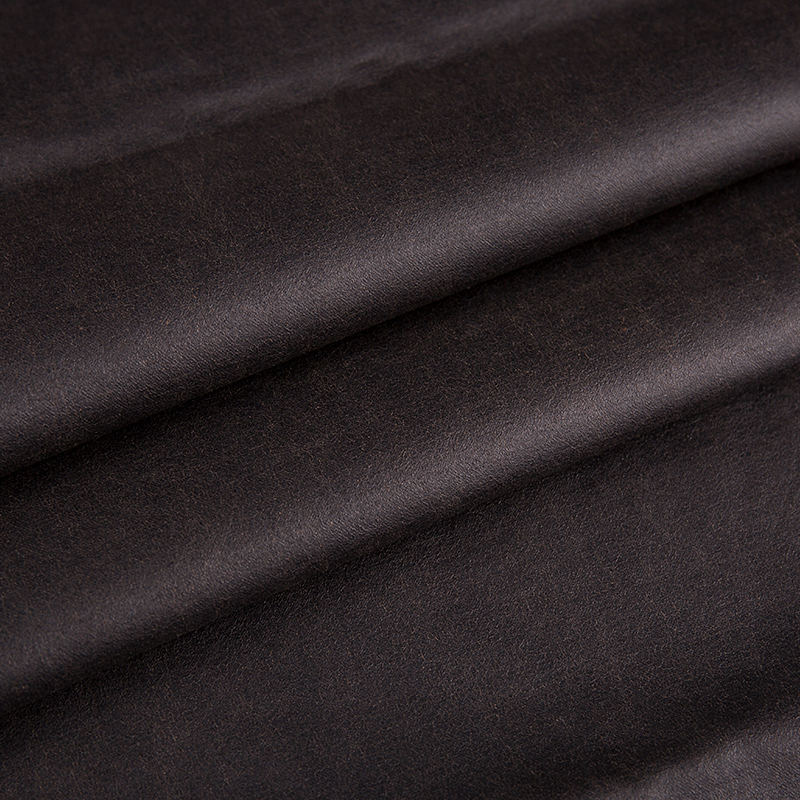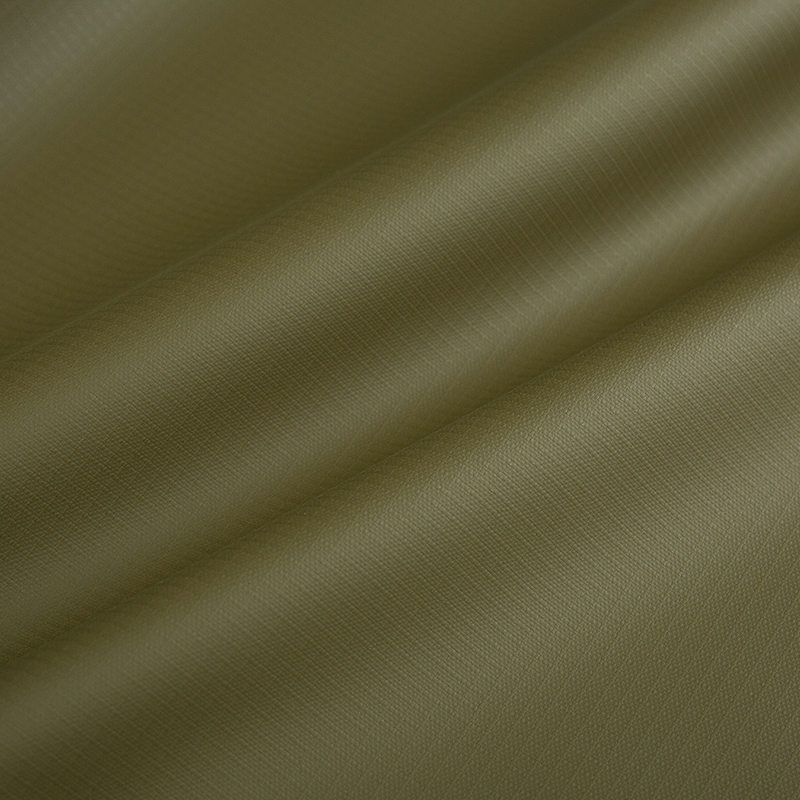In the textile industry, fabric selection plays a crucial role in determining the performance, aesthetics, and durability of the final product. Among the many options available, 300T polyester taffeta calendered silk composite fabric stands out as a versatile and high-performing material. Its unique blend of polyester and silk-like finishing makes it a preferred choice for various applications, from fashion to functional textiles.
Smooth & Luxurious Feel: Is It Really Like Silk?
One of the most notable characteristics of 300T polyester taffeta calendered silk composite fabric is its smooth, silky texture. Unlike standard polyester fabrics, which can sometimes feel stiff or synthetic, this material undergoes a specialized calendering process—a high-pressure heat treatment that compresses the fibers, resulting in a refined, glossy surface. The result is a fabric that closely mimics the softness and drape of natural silk while maintaining the strength and affordability of polyester.
This silk-like quality makes the fabric particularly appealing for apparel, especially in garments where a luxurious hand feel is desired without the high cost or delicate care requirements of real silk. Designers often choose it for lining materials, lightweight dresses, scarves, and blouses, where comfort and aesthetics are equally important. Additionally, the calendering process enhances the fabric’s luster, giving it a subtle sheen that elevates its visual appeal.
Comparatively, other synthetic alternatives, such as plain polyester taffeta or nylon taffeta, lack the same refined finish. While they may offer durability, they often fall short in replicating the elegance of silk. The 300T density (thread count per inch) further ensures a tight weave, reducing pilling and enhancing the fabric’s smoothness over time.
Durability Meets Lightweight Comfort
Despite its delicate appearance, 300T polyester taffeta calendered silk composite fabric is remarkably durable. The high thread count (300T) contributes to a tightly woven structure, improving resistance to abrasion and tearing. Unlike lower-density fabrics, which may fray or weaken after repeated use, this material maintains its integrity even under stress, making it suitable for both everyday wear and high-use applications.
Another advantage is its lightweight nature. Many durable fabrics sacrifice weight for strength, but this composite fabric achieves an optimal balance. It remains breathable and easy to handle, making it ideal for outerwear linings, lightweight jackets, and activewear where mobility is essential. Unlike heavier materials like canvas or denier nylon, it does not add unnecessary bulk, ensuring comfort without compromising performance.
Additionally, polyester’s inherent properties—such as resistance to stretching, shrinking, and most chemicals—further enhance the fabric’s longevity. Unlike natural fibers, which may degrade with moisture or UV exposure, this fabric retains its shape and color vibrancy even after prolonged use.
Water Resistance & Easy Care: Practical Benefits
Beyond aesthetics and durability, 300T polyester taffeta calendered silk composite fabric offers practical advantages that appeal to both consumers and manufacturers. The calendering process not only enhances its texture but can also improve its water-resistant properties. While not fully waterproof unless treated with additional coatings, the tightly woven fibers naturally repel light moisture, making it a practical choice for raincoats, umbrellas, and outdoor gear.
Maintenance is another key benefit. Unlike silk, which requires delicate hand washing or dry cleaning, this fabric is machine washable, wrinkle-resistant, and quick-drying. This ease of care makes it a preferred option for everyday garments and household textiles, such as curtains, tablecloths, and decorative fabrics, where frequent cleaning may be necessary.
The following table summarizes its key practical advantages compared to similar fabrics:
| Feature |
300T Polyester Taffeta Calendered Silk Composite Fabric |
Standard Polyester Taffeta |
Natural Silk |
| Water Resistance |
Light moisture repellent |
Minimal |
Absorbs moisture |
| Care Requirements |
Machine washable, wrinkle-resistant |
Machine washable |
Dry clean only |
| Durability |
High abrasion resistance |
Moderate |
Delicate |
| Cost Efficiency |
Affordable |
Very affordable |
Expensive |
This combination of functionality and low maintenance makes it a cost-effective alternative to both high-end silk and basic polyester fabrics.
Versatile Uses: From Fashion to Home Textiles
The adaptability of 300T polyester taffeta calendered silk composite fabric allows it to serve multiple industries. In fashion, it is commonly used for lining in suits, dresses, and lightweight outerwear, where its smooth texture prevents friction against the skin. Its ability to hold vibrant dyes also makes it a favorite for printed scarves and decorative accessories.
Beyond apparel, the fabric is widely utilized in home textiles. Its resistance to wrinkles and moisture makes it suitable for curtains, upholstery, and bedding accents, where both aesthetics and durability are important. Additionally, its lightweight yet sturdy nature has led to applications in luggage linings, reusable shopping bags, and lightweight backpacks, where strength and flexibility are required.
Even in technical applications, such as protective covers or medical textiles, its tight weave and easy-to-clean properties provide functional benefits. Unlike heavier materials, it does not add unnecessary weight, making it ideal for products that require both protection and portability.
300T polyester taffeta calendered silk composite fabric offers a compelling combination of luxurious texture, durability, practicality, and versatility. Its ability to mimic the elegance of silk while providing the resilience of polyester makes it a valuable material across multiple industries. Whether used in high-end fashion, functional outerwear, or home décor, its balanced performance ensures long-term satisfaction for both manufacturers and end-users.



